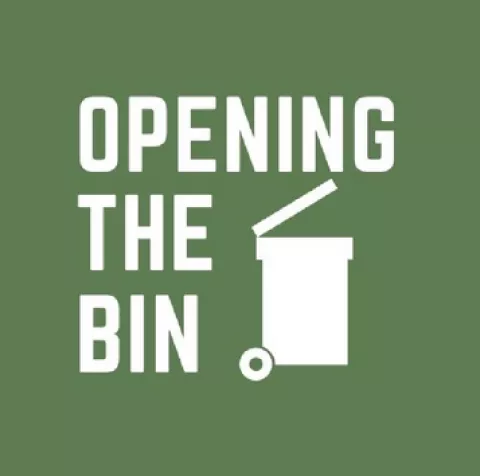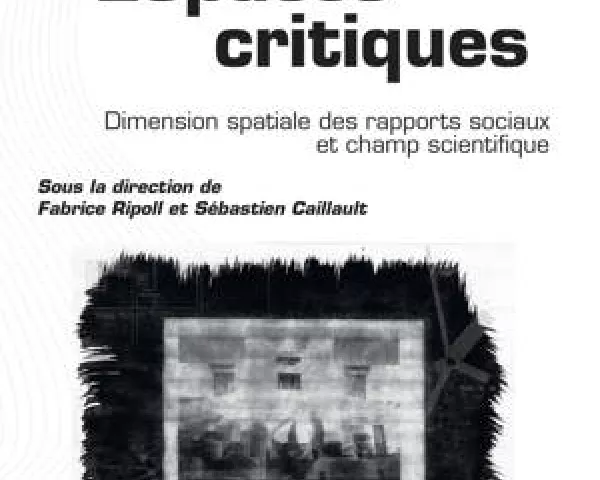Hybridizations and reconfigurations in the roles of actors in voluntary carbon offsetting
Angéline Chartier, Moïse Tsayem Demaze. Hybridizations and reconfigurations in the roles of actors in voluntary carbon offsetting. Local Environment, 2022, 27 (8), pp.1007-1028. ⟨10.1080/13549839.2022.2091530⟩. ⟨hal-04862438⟩
Voluntary carbon offsetting emerged in the early 2000s to encourage individuals and companies to contribute to reducing greenhouse gas emissions by investing in socio-environmental projects. Some of these projects are implemented in developing countries even though they are elaborated and led by actors in developed countries. This type of voluntary carbon offsetting remains relatively unclear and unknown. This article focuses on it by identifying the roles and strategies of the actors involved. It describes their structuration and ongoing hybridizations and reconfigurations, such as project developers diversifying into carbon credit selling and vice-versa, developers considering moving away from offsetting, and companies championing offsetting in the North and promoting a supply chain logic and insetting. The analytical approach used shows, through diagrams and interviews with actors, how the challenges of reducing greenhouse gas emissions, which primarily concerned developed countries during the application of the Kyoto Protocol, now significantly impact and assimilate development issues in the South.
Voluntary carbon offsetting emerged in the early 2000s to encourage individuals and companies to contribute to reducing greenhouse gas emissions by investing in socio-environmental projects. Some of these projects are implemented in developing countries even though they are elaborated and led by actors in developed countries. This type of voluntary carbon offsetting remains relatively unclear and unknown. This article focuses on it by identifying the roles and strategies of the actors involved. It describes their structuration and ongoing hybridizations and reconfigurations, such as project developers diversifying into carbon credit selling and vice-versa, developers considering moving away from offsetting, and companies championing offsetting in the North and promoting a supply chain logic and insetting. The analytical approach used shows, through diagrams and interviews with actors, how the challenges of reducing greenhouse gas emissions, which primarily concerned developed countries during the application of the Kyoto Protocol, now significantly impact and assimilate development issues in the South.










